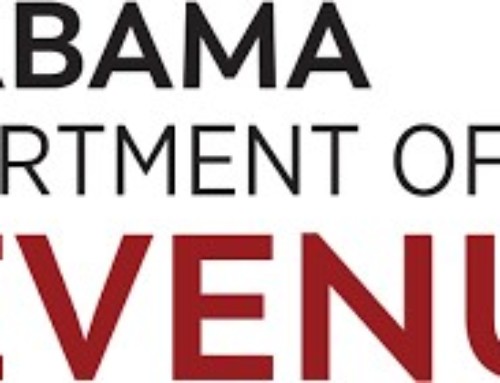Tax breaks seem to come and go, but one of the biggest and best “tax shelters” around is still standing. Thanks to Section 121 of the tax code, a taxpayer can exclude from federal income tax up to $250,000 of gain from the sale of a home—$500,000 if you are married and file a joint return. In this current residential real estate market, you might reap a tax windfall as long as you meet the requirements spelled out in the tax law.
Background: To qualify for the $250,000/$500,000 home sale tax break, the home must have been owned by you and used as your principal residence at least two of the five years prior to the sale. This special tax exclusion does not apply, however, if you sold another qualified principal residence within the last two years. (Theoretically, you could qualify for the home sale exclusion every two years.)
Keeping that in mind, here are some of the key points to know about the home sale exclusion:
- The home must have been used as your principal residence for any two of the previous five years. But the years do not have to be consecutive. Furthermore, you can meet the “use” and “ownership” requirements in different tax years.
- If you file a joint return, you can claim the maximum exclusion if (1) either spouse meets the two-year ownership test, (2) each spouse meets the two-year use test and (3) neither spouse has elected the exclusion within the last two years. This is particularly important to remember if you have recently divorced or remarried.
- In order to meet the “use” requirement, you must physically occupy the home, but short absences do not count against you. On the other hand, a longer absence, such as a one-year sabbatical by a college professor, affects the time that the home is being used as your principal residence.
- If you own two homes and live in both places during the year, the home where you stay for most of the year is generally treated as your principal residence. For instance, if you spend seven months at a winter home and five months at a summer home, the winter home is usually considered to be your principal residence. Be careful to document your stays.
- To the extent that the home has been used for business rental or use—including using a portion of the residence as a home office—you must recapture depreciation deductions attributable to the period after May 6, 1997. The recaptured income is taxable at the 25% rate.
- In some cases, you may qualify for a partial exclusion without meeting the usual two-year rule if you sell the home sooner due to a change in employment, health reasons or other unforeseen circumstances.
Reminder: This is just a general overview of the tax exclusion available for the sale of a qualified principal residence. It is strongly recommended that you consult with a JMF professional tax advisor concerning this unique tax shelter and other tax ramifications of home ownership.






Leave A Comment
You must be logged in to post a comment.